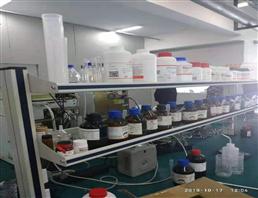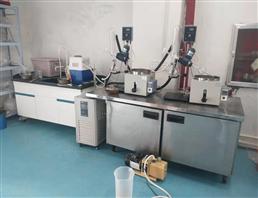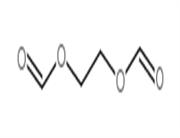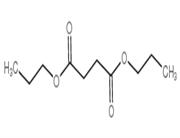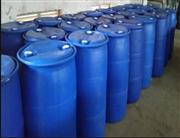Product Name: MYRISTICA OIL
Synonyms: Absolutenutmeg;eastindiannutmegoil;FEMA 2793;MYRISTICA OIL;NUTMEG EAST INDIAN OIL;NUTMEG OIL;NUTMEG OIL, EAST-INDIAN TYPE;NUTMEG, OLEORESIN
CAS: 8008-45-5
MF:
MW: 0
EINECS:
Product Categories: -
Mol File: Mol File
MYRISTICA OIL Structure
MYRISTICA OIL Chemical Properties
Boiling point 165 °C(lit.)
density 0.89 g/mL at 25 °C(lit.)
FEMA 2793 | NUTMEG OIL
refractive index n20/D 1.481(lit.)
Fp 110 °F
optical activity [α]20/D +10°, neat
EPA Substance Registry System Oils, nutmeg (8008-45-5)
Safety Information
Hazard Codes Xi
Risk Statements 10-36/37/38
Safety Statements 16-26-36
RIDADR UN 1993 3/PG 3
WGK Germany 2
RTECS RJ3694800
Hazardous Substances Data 8008-45-5(Hazardous Substances Data)
Toxicity LD50 orally in rats: 2620 mg/kg (Jenner)
MSDS Information
Provider Language
SigmaAldrich English
MYRISTICA OIL Usage And Synthesis
Description Evergreen tree 15 to 20 m (49 to 66 ft.) in height; grows in Java, Sumatra, Borneo, Penang, Moluccas, and in several other islands of the Indian Ocean. It has alternate leaves and dioecious flowers. Consequently, only female trees bear nuts; male plants are interdispersed in the groves only to ensure pollination. The ripe fruits are yellow-red with a fleshy pericarp; the red arillode is tightly wrapped around a woody hull containing the seed.
Note: Mace designates the dried arillodes of nutmeg. The ratio of nutmegs to mace is approximately 10:1. Nutmeg and mace yield different, but sometimes similar, products.
The parts used are the nuts (free of the outer pulp) and arillodes (decolorized with lime). The most commercially important qualities of nutmeg and mace follow:
? Banda nutmeg and Banda mace contain 8% and 13% essential oil, respectively;
? Java nutmeg and Java mace contain 6.5% and 11% essential oil, respectively; and
? Siauw nutmeg and Siauw mace contain 6.5% and 10 to 12% essential oil, respectively.
These qualities are further subdivided according to size-large, medium, and small-for extraction and according to appearance- whole, worm-eaten, etc.
Chemical Properties The oil is obtained by steam distillation of dried comminuted nutmeg previously treated by hydraulic expression to remove fixed oils; yields are approximately 12%. The hot expression of nutmeg yields a fatty oil with a melting point of about 45°C. Two types of oils, the East Indian and West Indian, are commercially available. The oil exhibits a characteristic nutmeg odor.
Physical properties Nutmeg essential oil is a colorless to pale-yellow liquid. It is soluble in alcohol.
Uses As a cooking spice, flavoring in food and beverages. Nutmeg oil as fragrance in soaps, detergents, creams, lotions, perfumes. Fixed oil in candles.
Essential oil composition The oil contains α- and γ-pinene, camphene, dipentene, p-cymene, d-linalool, terpineol, geraniol, safrole, eugenol and isoeugenol.
Safety Profile Moderately toxic by ingestion. Low toxicity by skin contact. An experimental teratogen. Experimental reproductive effects. Mutation data reported. A skin irritant. When heated to decomposition it emits acrid smoke and irritating fumes.

 China
China






